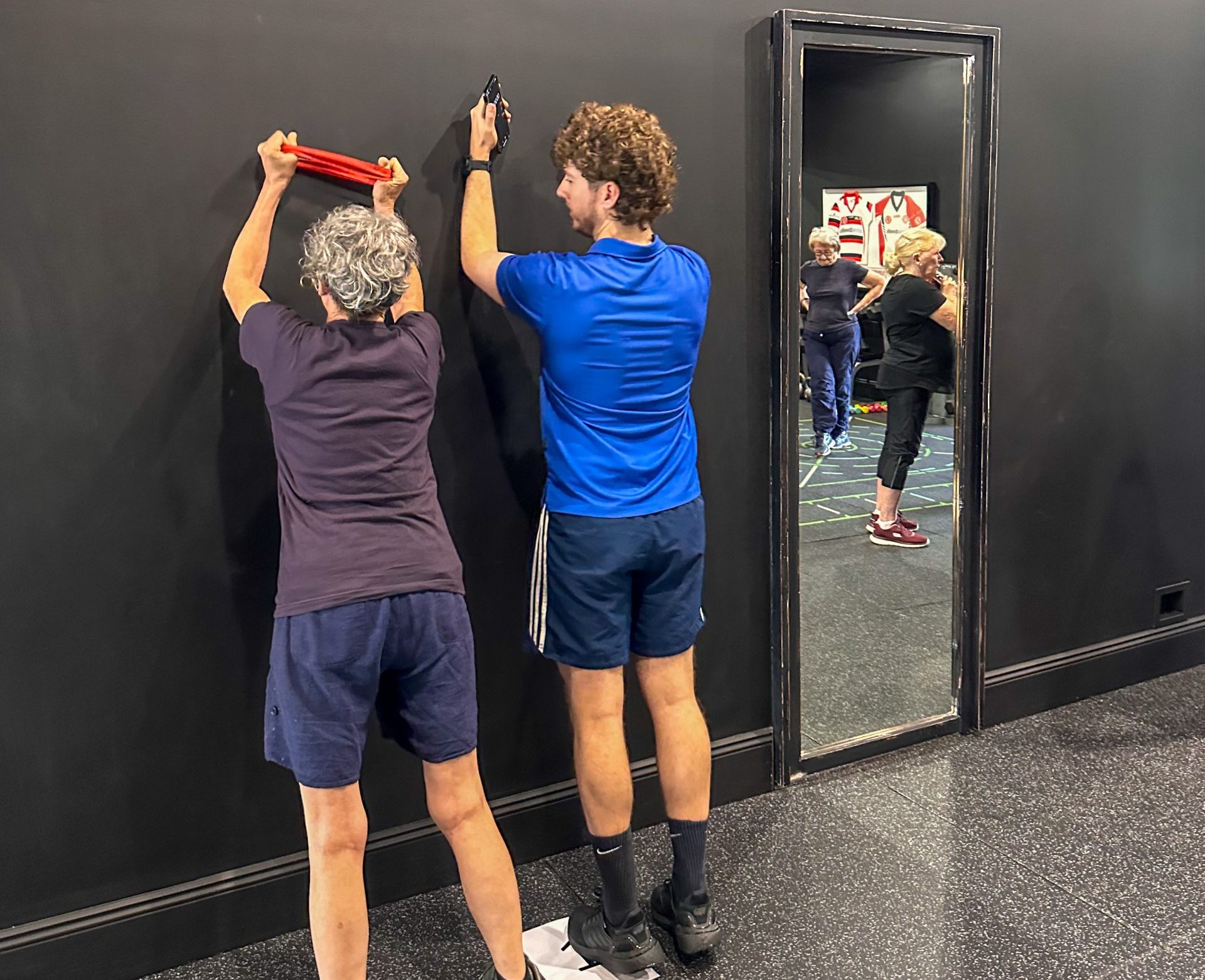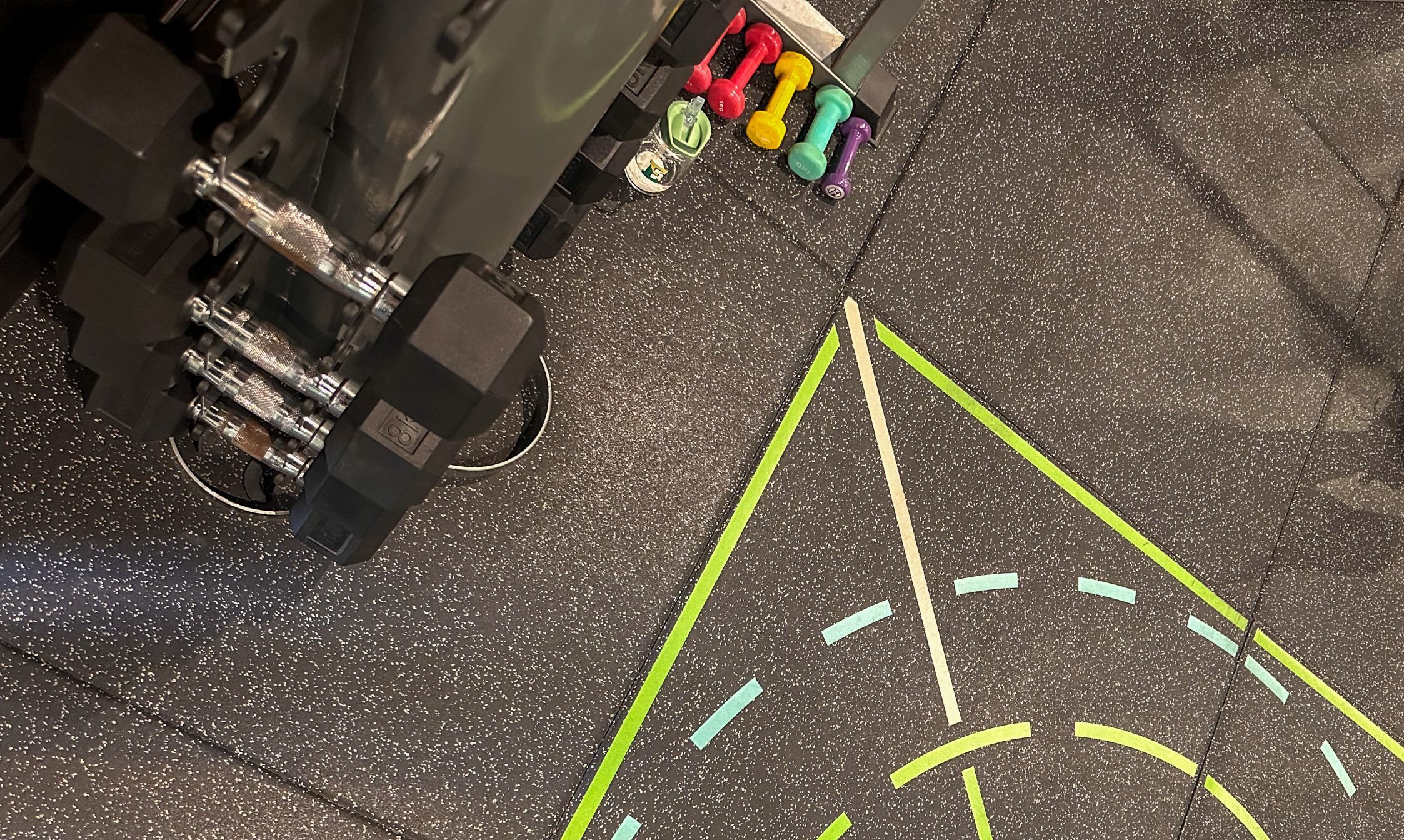
How Physio helps with Pain Management

How physio helps with pain management is in multiple methods!
Physiotherapists are commonly viewed as manual therapists doing heaps of massage, joint mobilisations or soft tissue release. However, a crucial role in our job is education. This is equally important in the recovery process because it affects outcomes and helps improve pain management.
The importance of Patient Education
Types of Education in Physio:
- Anatomy – It is important to discuss the area and type of tissue injured in layman’s terms so patients understand their injuries better.
- Injury pathology – Physios are always explaining the pathology of injuries (what happens exactly to body tissues during the injury process).
- Healing Timeframes – A clear explanation on expected healing time frames allows patients to form realistic expectations which prevents frustration when things don’t go to plan.
- Exercises – Physios are always explaining the purpose, technique and parameters of prescribed exercises tailored to individual clients.
Education for better Pain Management:
Advice on self-cares
Advice on management outside the clinic is important because it will ensure that recovery is continuous. Types of self-care advice we give include:
- Applying heat/ice: both agents stimulate temperature nerve endings which can act to override pain stimulus.
- Wearing a brace/support garment: This prevents the injured area being moved into painful or uncomfortable ranges in motion.
- Apply self-release techniques: This includes foam rolling and self-massage. This is part of helping settle pain down associated with overactive muscles.
- Maintaining general low level movement or some light cardiovascular exercise at tolerable levels.
Understanding that pain isn’t the only marker of recovery
A common issue we notice in the clinic is being too pain-focused and narrow-mindedly thinking that recovery only occurs when pain settles down. Education on better pain management includes telling patients that there are other markers of recovery.
These include things like swelling reduction, improvement in range of motion, tolerance to exercise, quality of movement and the ability to do activities of daily living. When these factors improve, your mindset and outlook on your recovery becomes positive. Being too pain-focused means that you could miss these other factors improving.
Understanding the different pain types at various stages of recovery
An acute or fresh injury will often have a more intense and frequent pain compared with an older injury which is further along the healing process. This pain will often be less intense and will be intermittent in nature.
Explaining to patients the different types of pain at various stages of recovery allows patients to understand the nature of their injuries a little better and leads to more realistic expectations of pain and when this will decrease.
Understanding that allowing pain to take over is a bad thing
Another issue with being too pain-focused is that it can delay recovery. We sometimes see patients avoiding rehab exercises or movement for fear of bringing on pain. This pain avoidance pattern can lead to the development of secondary issues such as weakness and joint stiffness. Therefore, our role is to educate our patients on this fact as well as encourage patients to start exercising when it is appropriate.
For more information or if you are currently injured, don’t hesitate to see our friendly team at Pivotal Motion Physiotherapy. Call us today 07 3352 5116 or book an appointment online.







